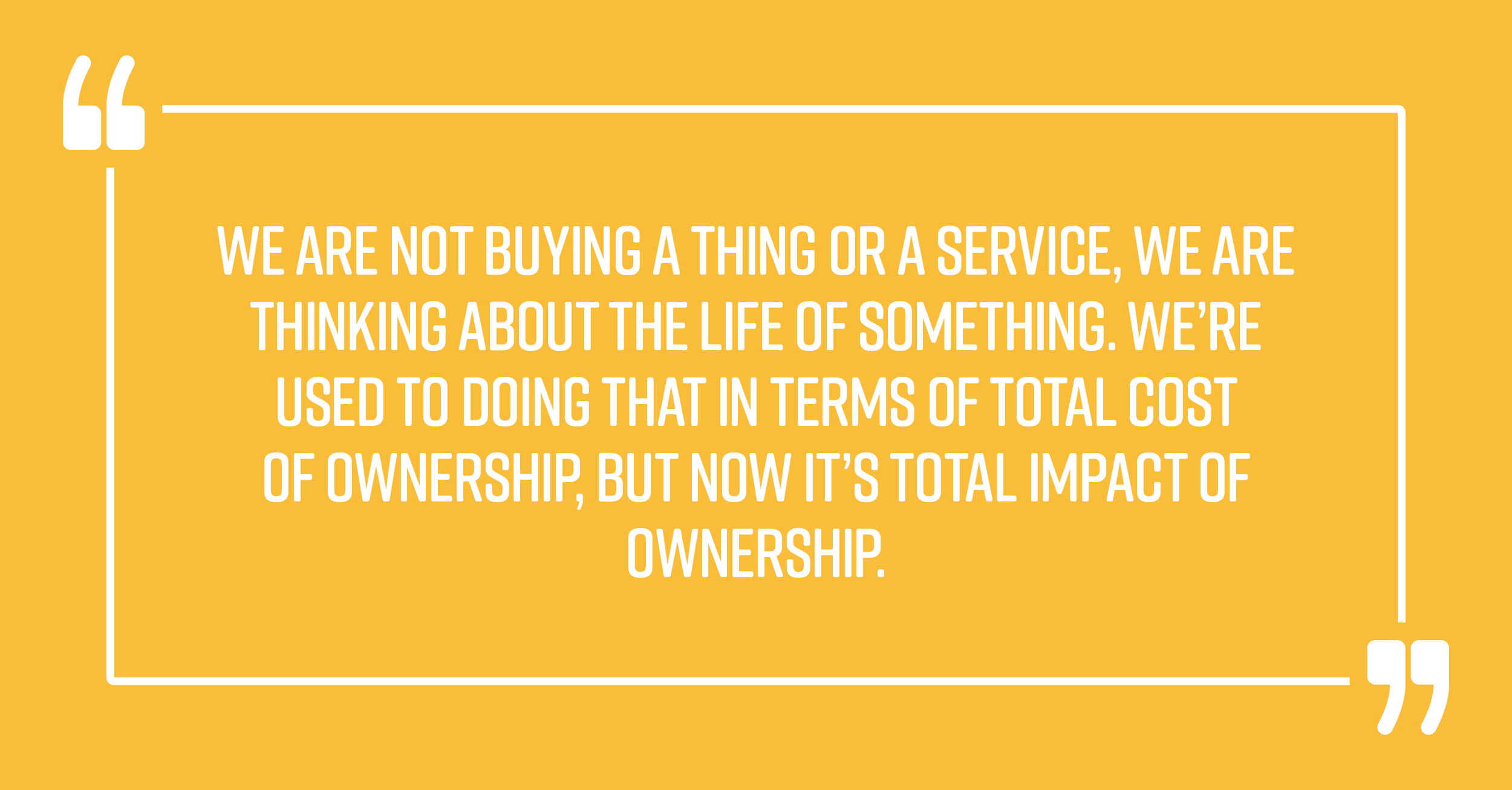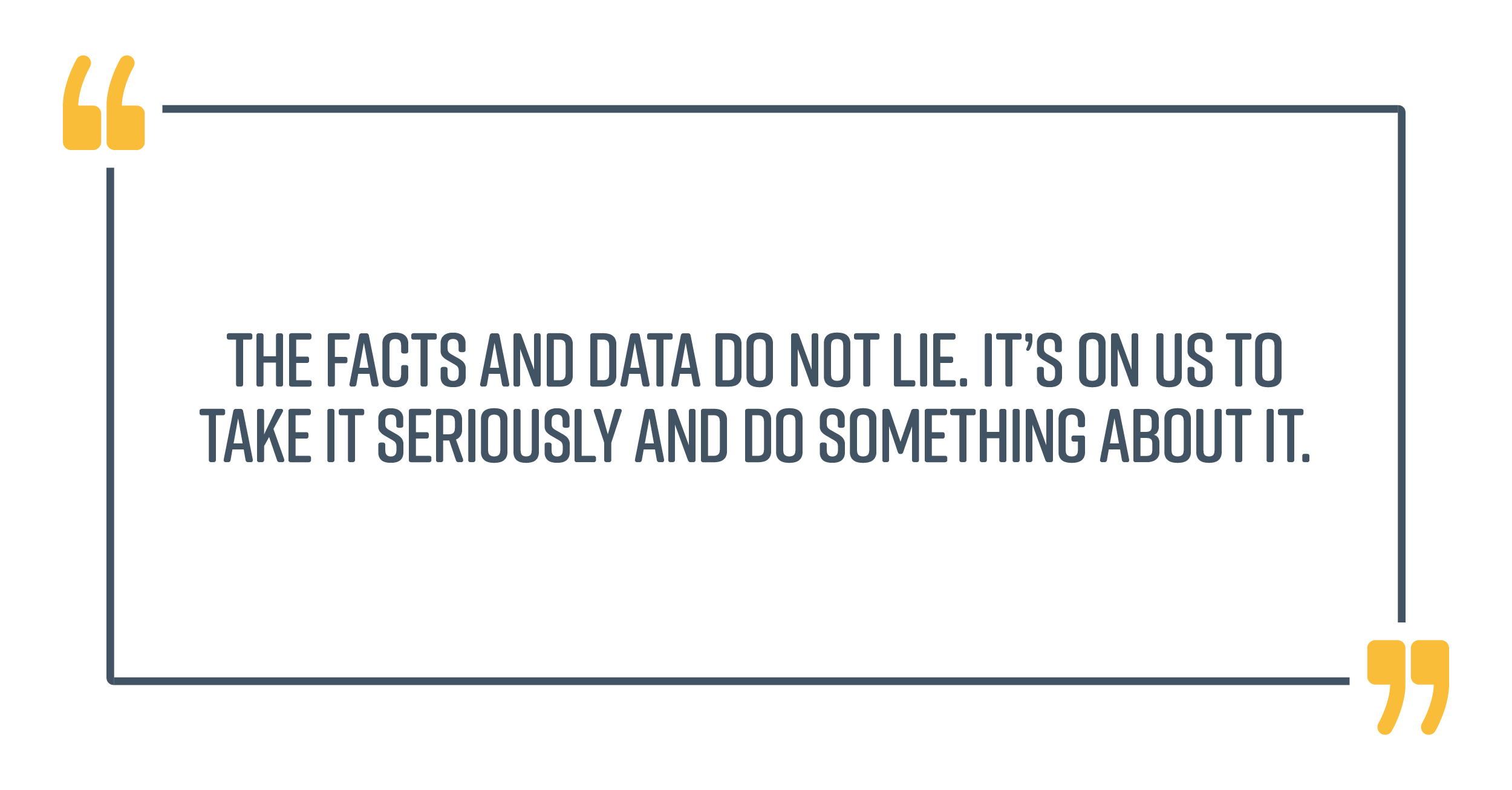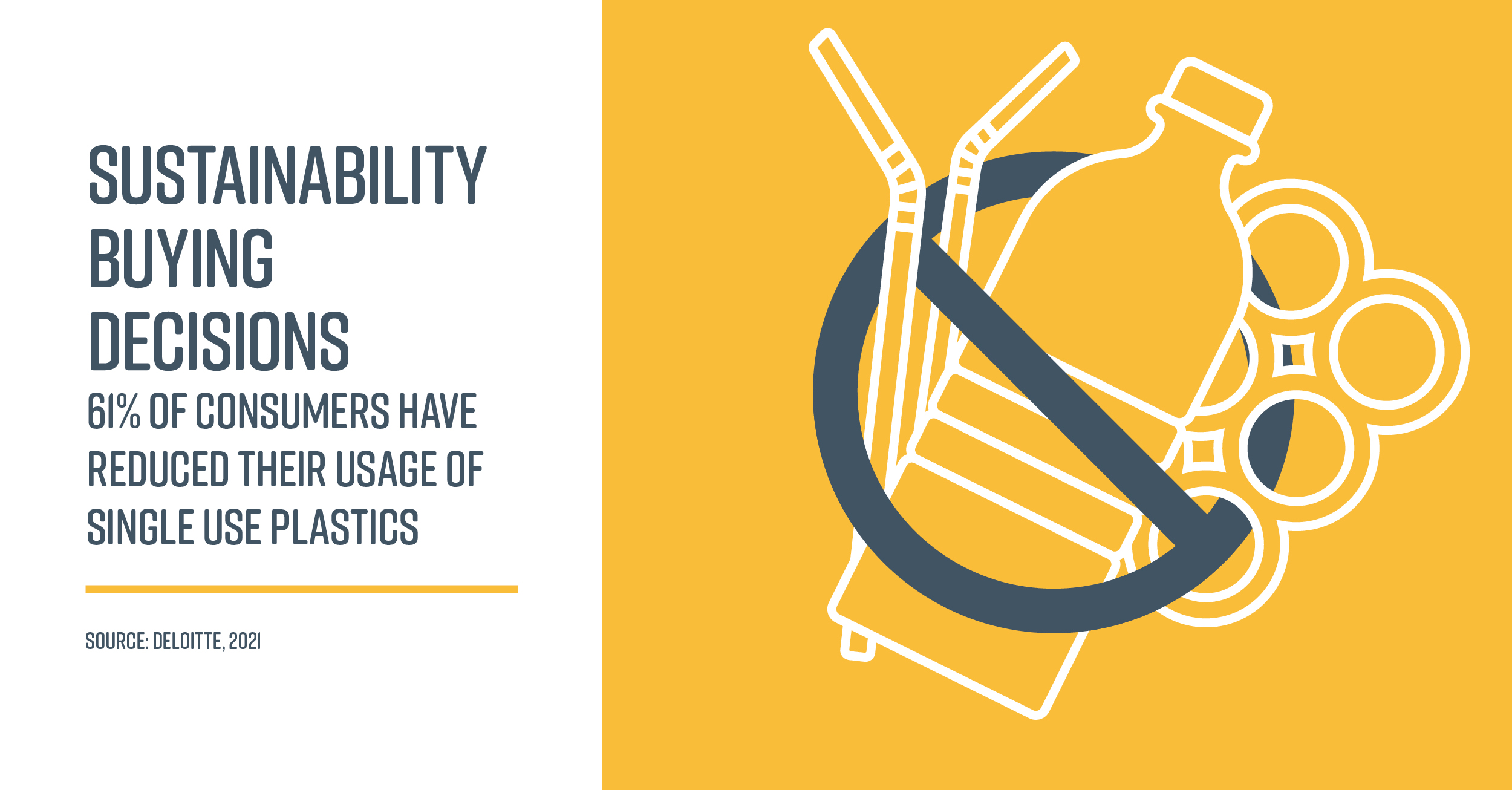Jonathan O’Brien considers how to effect change by turning policies into action.
When it comes to sustainability, there is a lot of talk but not enough action.
True, there is a will to change. But, as procurement professionals, how can we turn our policies into practice?
Having spent much time working with big organisations all over the world to help get their procurement right, I have noticed a clear will to implement sustainability. People aren’t thinking of sitting back and doing nothing but are asking, ‘how do we do this?’ Meanwhile, consumers are expecting brands to do more and, very soon, they will be measured on whether they are.
The role of data
Of course, big organisations buy lots of components. The supply chain can be complex and can operate across the entire globe.
Implementing sustainable procurement practices means understanding what is happening in other parts of the world. That’s really hard. We can do assessments remotely with questionnaires which give us some idea. We can audit suppliers.
However, many well-reported examples illustrate where companies have done well in a sustainability audit but are subsequently exposed for an issue such as child labour. There is always a chance of corruption. Even if you audit a supplier, it’s hard to know exactly what they’re doing.
Data might change this. Blockchain and new emerging technology may better clarify what is happening in a supply chain. It will allow us to see and track all the individual elements that go into making something. When we can trace a component back to source, we can begin to understand how things come together.
In theory, when you buy something, the data should be made available to show exactly where it’s come from, what the original raw material plantations and sources were, who’s worked on it and, for example, the name of the animal if one was involved.
Ultimately, we will solve this with data. Currently, we are nowhere near that. Companies are beginning to dabble in it, but it’s a long way away.
Remote supply chains
How can we prove that the information we’re given in supply chain research is actually correct and accurate?
In truth, this is really hard to do. It’s procurement’s role to figure it out. I work with many companies and none can say with confidence, ‘We’ve got this.’ Most admit, ‘We’re really working hard with suppliers and incentivizing them, but we can’t be certain.’
It’s difficult – not just because of the remoteness of factories, original agricultural source and other parts of the chain where bad stuff happens but also the fact that there are other incentives at play here, because people want to make money.
The Sustainability Illusion
In the pursuit of becoming sustainable or to have a green image, we might make some decisions prematurely.
For example, there are some shocking tales about what goes into making the batteries in an electric car. How do we know we are making the right decisions?
That is a big risk, otherwise known as the Sustainability Illusion. A good example of this is child labour. We say it is wrong, but what if that child labourer is a 14-year-old girl who has to work to feed her family?
Electric cars are another great example. They may have zero emissions when on the road, but they’re pretty substantial in terms of the emissions that go into making them – not just the energy required to produce them. The products that make the batteries have to be mined, processed and moved across the world. Batteries are produced in one part, shipped somewhere else and then shipped back for further processing.
And there is disposal to consider. If you buy an electric car and the batteries are not disposed of, the car is not even slightly sustainable. If they are, it takes a third of the life of the car before you’ve offset the emissions that go into producing it. And some reports suggest that you have to drive 70,000 miles – about 110,000 kilometres – before you’ve offset the negative impact.
Of course, it’s not all bad as electric cars improve air quality and close to 4 million people die worldwide from poor air quality every single year (World Health Organization, 2021). Also, we’re getting better at this, so the production, manufacturing, processing and, ultimately, the electricity to power them will improve. It’s the first step, but we must be careful not to chase the wrong things.
We also have to look at the lifetime. One key change for procurement people is that we are not buying a thing or a service, we are thinking about the life of something. We’re used to doing that in terms of total cost of ownership, but now it’s total impact of ownership.

Managing suppliers
How can we make sure that suppliers are on the same wavelength and how can we bring them along on this journey?
Put simply, it’s about working with them. Hopefully, they’re already doing it. If not, we have to question if they’re right for us. We should also apply some standard procurement tools, look at the power we have and how interested they are in our relationship. That will determine what leverage we have to drive change. We may also need to change some suppliers if that source is no longer compatible with what we’re trying to do. We may want to diversify or alter the specification of what we’re buying to open up new suppliers.
Back to source
We can’t wait for somebody else to drive that change. We have to go to that original agricultural source, factory, or raw material source and develop a relationship. We probably won’t have a contractual relationship because that is with our original supplier, but we can open up discussions to broker the idea that we’re going to work towards a more sustainable supply chain. That means circumventing our immediate suppliers, ideally with their agreement, to go right back to source.
Take tea, for example. The original tea that comes from the farms is often bought and traded in exchange rooms. That kind of trading masks where a product has come from. If the market is driving down price, farmers may only just get enough for what they’re doing. It may be sufficient for that year’s crop, but not enough to invest in machinery or to pay the right number of people. So, some companies establish relationships with the farmers they want to buy from and agree to overbid in the exchange rooms, on the basis that the money will be used for investment. The only way we can do this is to get right back to the source.
Competitive advantage
Sustainability is a new opportunity for businesses. Brands such as Patagonia and Innocent are using it as the basis for their offering because people are making choices with this in mind. They weren’t 20 years ago, when only 3% of the world’s population made decisions based on sustainable products. Now, that figure is a lot higher and it’s something we are all thinking about.
 Getting started
Getting started
Organisations can do things right now to set them on their roadmap to sustainable procurement.
The first is, believe it’s real. Because it’s time to act. Don’t wait.
Secondly, decide where to focus, because this is immense, and we cannot solve all the problems of the world. Focus is key.
Finally, figure out the impacts and then pick five things. What are the five things in terms of sustainable procurement that would begin to make a difference?
This will impact all our lives within the next decade. And it’s going to really, really hurt our children’s lives as well, because they will have to sort out this mess. The facts and data do not lie. It’s on us to take it seriously and do something about it.
Written by procurement expert, award-winning author of a series of acclaimed procurement and negotiation books, and CEO of Positive, Jonathan O’Brien.
Click here to discover our Sustainable Procurement program
References
World Health Organization, 2021, Household air pollution and health, World Health Organization, viewed 4 November 2021, https://www.who.int/news-room/fact-sheets/detail/household-air-pollution-and-health


